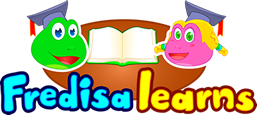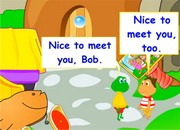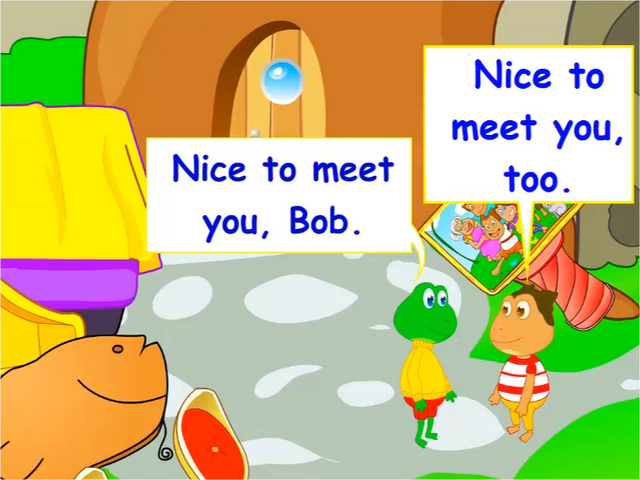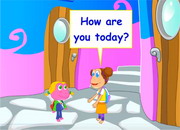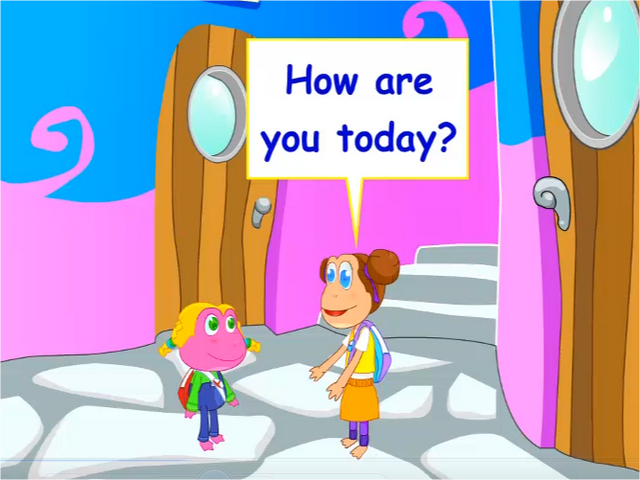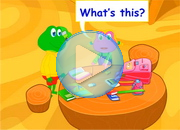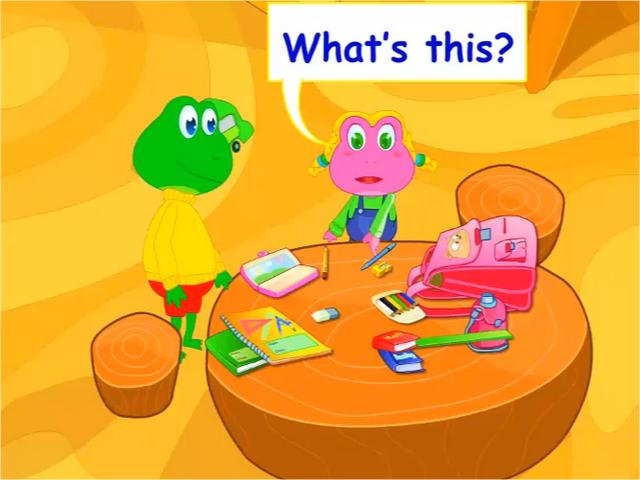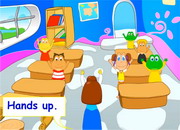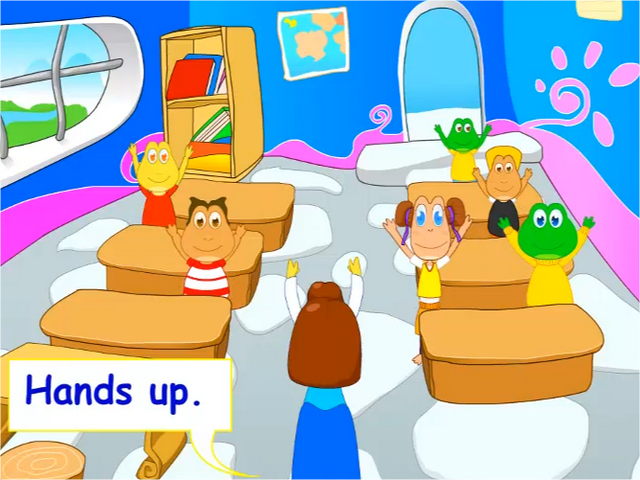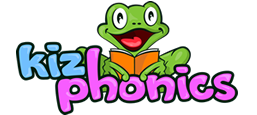- Topic: What fruit is this?
- Communication Objectives: To ask about fruits and to express like.
- Topic: What fruit is this?
- Communication Objectives: To ask about fruits and to express like.
- Language Objectives: To ask and respond to yes or no questions in the most basic form.
- Vocabulary: fruits – apple, lemon, orange, banana, pineapple, peach, avocado.
- Sentence Structures:
- What fruit is this?
- It’s an apple.
- Do you like apples?
- Yes, I do.
- No, I don't.
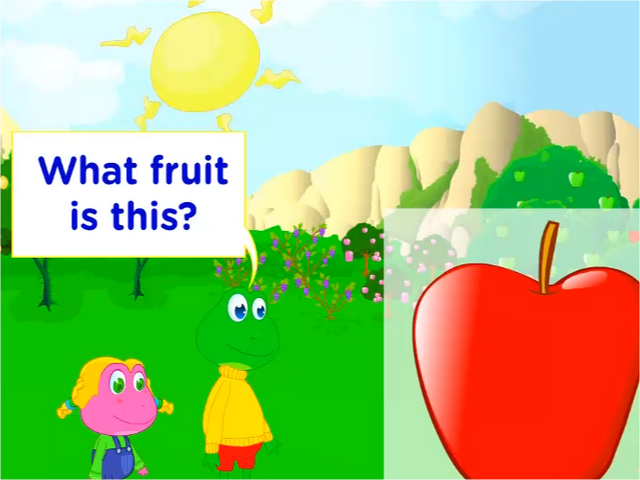
- Grammar: Practice using yes-no questions 'Do you like…?' to ask about a person's preference. Also reinforce the use of contractions.
- Do you like ...? (yes or no question)
- don’t... (Contracted form of 'do not')
Singular: This lesson will also focus on the use of ‘a/an’ in front of singular nouns. We use ‘a’ in front of singular nouns that begin with consonant sounds and ‘an’ in front of singular nouns that begin with a vowel as in the following examples:
- a lemon - an orange
- a banana - an apple
- a peach - an avocado
